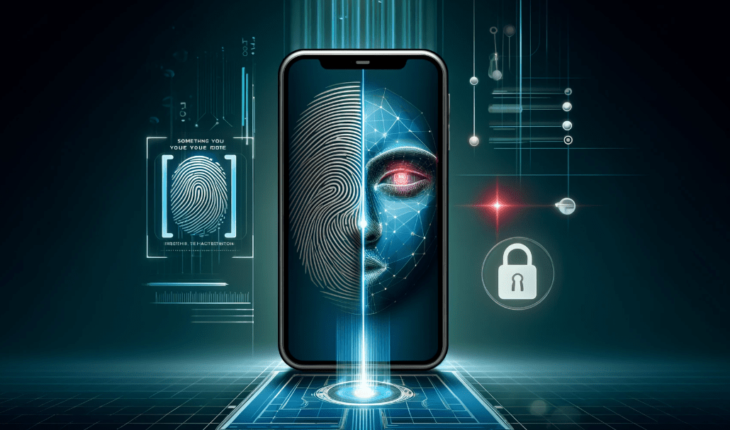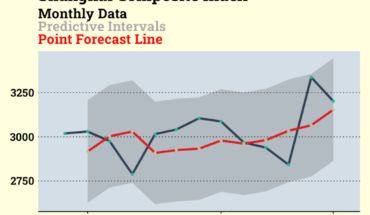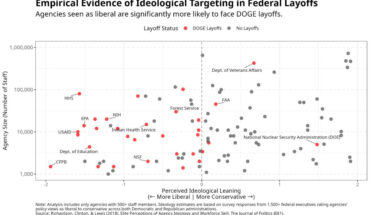Multi-factor authentication (MFA) is a secure technique for information systems and online accounts. It allows users to access their accounts only after properly verifying their identity through a combination of two or more factors instead of using only a Single-factor identification (like passwords). It lacks the intricate systems that MFA uses for adding protection, making the MFA more efficient and secure.
MFA is heavily dependent on three main categories of factors, often referred to as:
- Something You Know
- Something You Have
- Something You Are
To understand more, let us dive deeper into these factors while highlighting their roles in security enhancement.
1. Something You Know (Knowledge Factor)
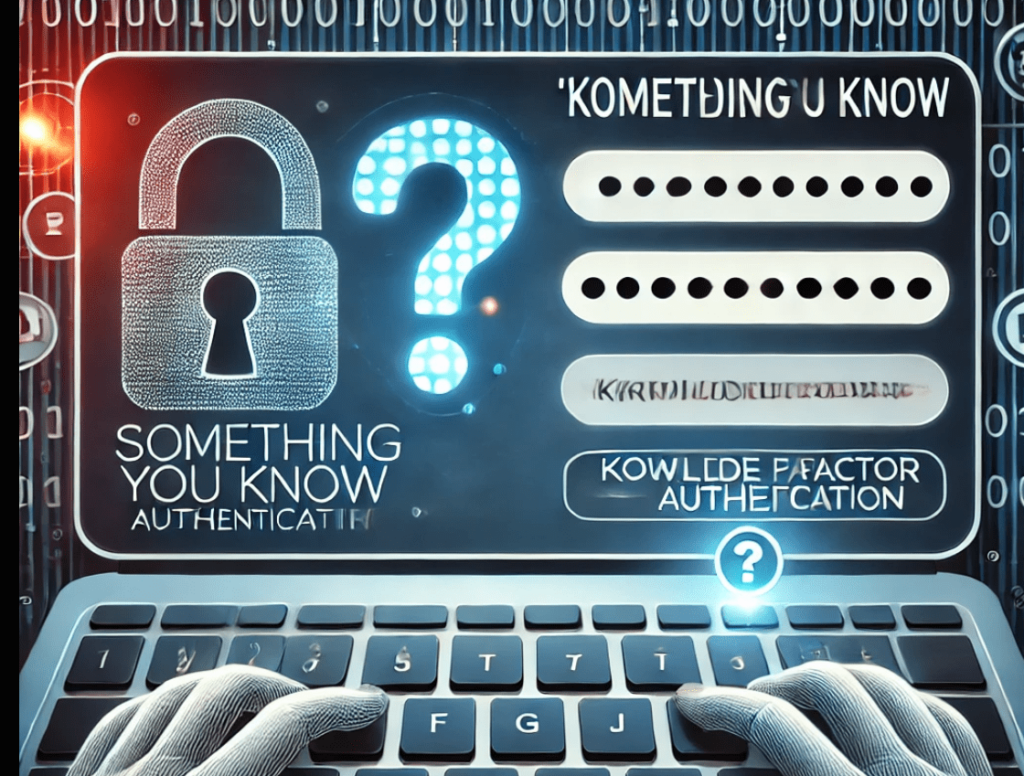
This is the most basic and widely used authorization (authentication) factor. It involves something the user is expected to know, such as information stored in their memory. Thus, users already know a particular string or word they must provide while logging in or accessing a system.
Examples:
- Passwords: A random combination of characters, numbers, and symbols only the user should be privy to.
- PINs (Personal Identification Numbers): These are short numeric codes used to identify and authenticate users.
- Security Questions: These can include answers to personal questions, such as “What is your mother’s maiden name?”
Advantages:
- Cost-Effective: No extra software or hardware is needed.
- Ease of Use: These factors are uncomplicated for users to use because they remember them by heart or writing them down.
Disadvantages:
- Vulnerability to Attacks:
- Phishing: Attackers deceive the user into providing their paraphrases or answers to the security question.
- Brute Force: The automated system attempts to guess the passwords.
- Social Engineering: Getting people to give private details without them knowing it.
- Password Weaknesses: Many consumers tend to use weak or abusive passwords, making them simple to compromise.
2. Something You Have (Possession Factor)
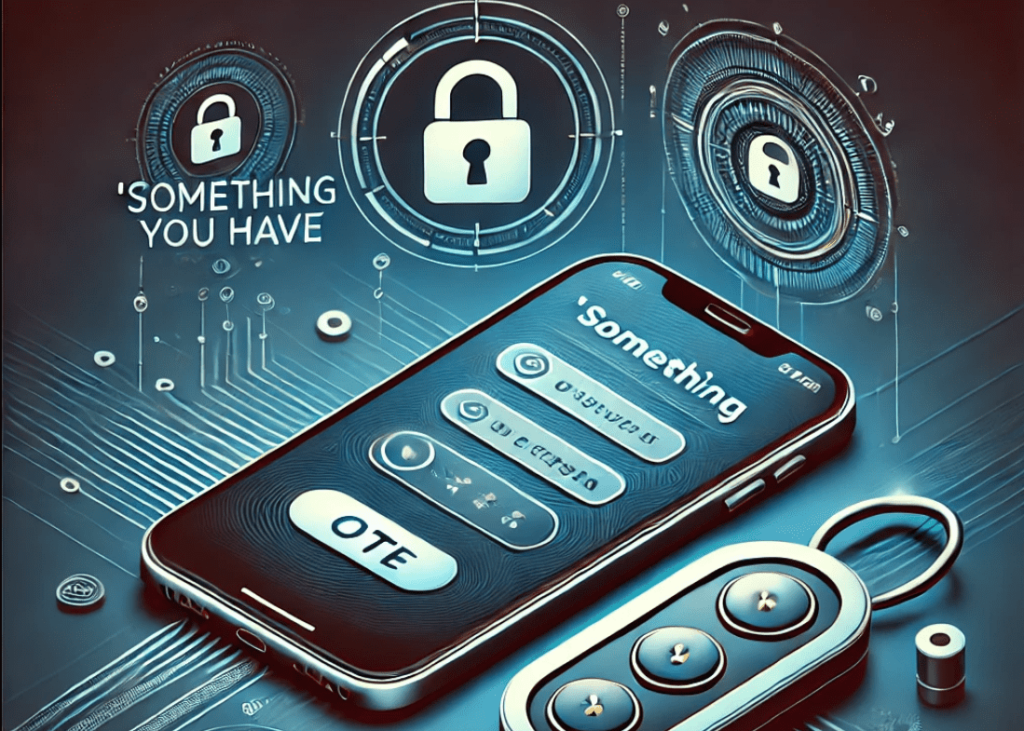
This factor includes digital or physical elements that belong to the user. In other words, a user must possess many self-identifying items.
Examples:
- One-time password: These can be sent through a short message service, email, or through an authenticator.
- Security Tokens: Custom electronic components that provide one-time passwords for users.
- Smart Cards: Regularly used cards with an embedded chip to ease the authentication process.
- Mobile Phones: Used to display the push notifications or scan the QR codes for authentication.
Advantages:
Physical possession enhances security, making duplication by hackers difficult. For instance, smartphones and authentication apps are readily accessible to users.
Disadvantages:
Devices or tokens could be misplaced or stolen, locking the user out of their account for a while if no permanent solution is set. Users may also need to carry additional devices or rely on their smartphones.
3. Something You Are (Inherence Factor)
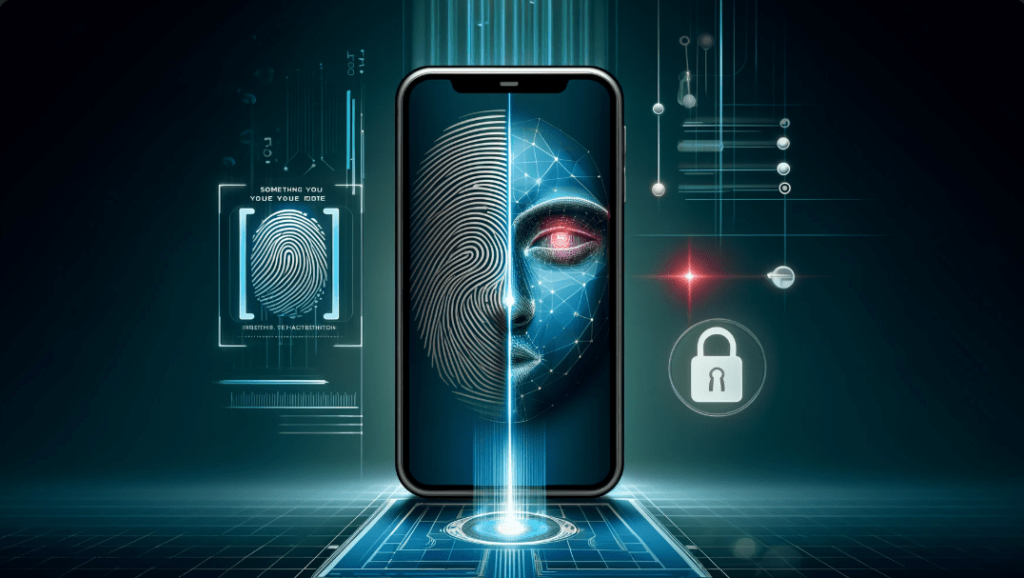
This factor is attached to an individual’s physiological or behavioral traits using a system. Unlike most traits, it is difficult to falsify.
To understand it, let’s consider these examples:
- A biometric authentication system that involves the following:
- Various fingerprint scanning methods are commonly used in mobile phones, access control systems, etc.
- Facial Recognition: Identifying a user from a set of facial features.
- Iris or Retina Scanning: A unique pattern that is available in our eyes and used by the security system to confirm the identity of users and let them access the account or any other system.
- Voice Recognition: Validating user’s identification from a voice sample or their pattern of voice.
- Behavioral biometrics: It goes a level deeper with typing patterns, gait analysis, and other behavioral traits.
Now, speaking of Advantages, here are some of the benefits of employing the inherence Factor.
- High level of security: Primarily, biometrics tend to be highly secure due to the uniqueness each individual possesses, making them nearly impossible to replicate.
- Another advantage is simply the convenience, as there is no need to memorize passwords or even carry additional devices.
On the contrary, however, these systems do have some noteworthy drawbacks:
- The cost is a huge factor for advanced biometric systems, which may require expensive equipment.
- Also, privacy concerns are usually raised around the sheer volume of biometric data being stored and processed, which may lead to misuse alongside data breaches.
- A frequent problem seen is that of false positives/negatives wherein legitimate users fail to be recognized while unauthorized individuals are mistakenly authenticated.
Why Are These Factors Combined?
Each of these factors comes with its own strengths and weaknesses. However, With the combination of two or more factors, MFA creates a robust system whereby the chances of unauthorized access are significantly lowered.
As an example, consider the combination of a password (something you know) and an OTP sent to the user’s smartphone (something you have), which enhances protection considerably. Lastly, adding fingerprint recognition (something you are) further enhances security and significantly enhances protection.
In MFA, all the components must be present, meaning attackers can’t gain access with just one factor since the other ones, such as passwords, are still protected.
MFA in the Real World
- Online Banking: Users need a password and a code from an OTP sent to their phone.
- Corporate Systems: Users log in through password-protected accounts and authenticate using smartcards or biometric data.
- Cloud Services: Google, Microsoft, and other companies use authentication apps or hardware tokens to provide MFA services.
- Social Media: Facebook, Instagram, and similar networks support SMS-based codes and authenticator applications to enable MFA.
Benefits of Multi-Factor Authentication
- Enhanced Security: Using MFA not only makes it difficult for hackers to attack but also minimizes the risk of data breaches and unauthorized access.
- Compliance: Meets regulatory requirements for data protection in industries like healthcare and finance.
- User Confidence: Companies or Organizations using MFA can gain users’ trust by ensuring that accounts and sensitive data are well-protected.
Conclusion
So, these were the three factors of Multi-Factor Authentication—something you know, something you have, and something you are— which, when worked together, can create a secure and reliable authentication process. A wide range of cyber attacks can be dodged by organizations and individuals to safeguard their data and accounts. Hence, whether you’re securing a personal account or a corporate network, MFA is an essential layer of protection in today’s digital world.

